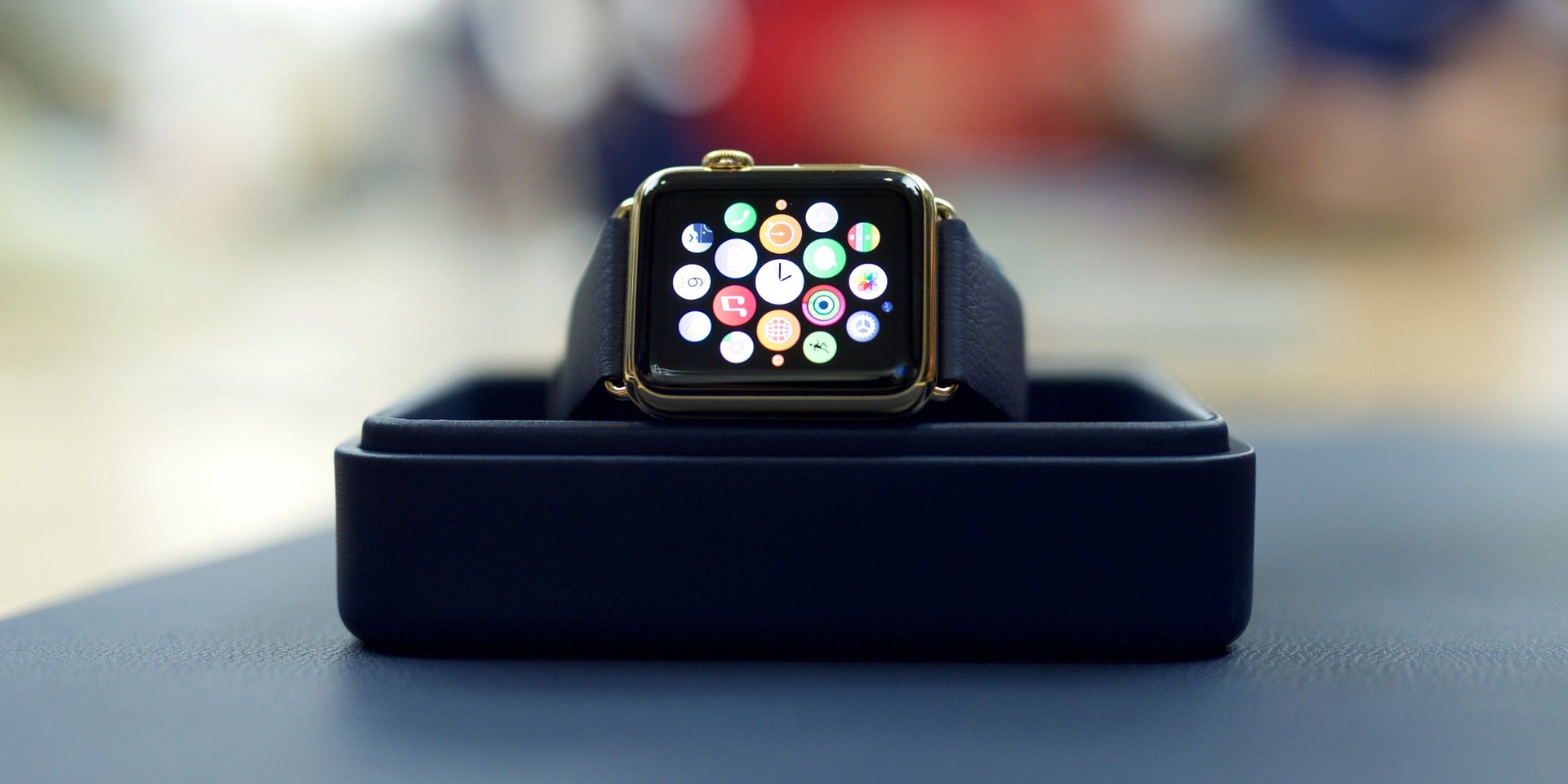24 hours with the Apple Watch: There is a strange but wonderful computer from the future wrapped around my wrist
The Apple Watch launched today in nine countries after a long, dramatic, celebrities-on-Instagram-fueled lead-up. Early stock sold out in pre-orders two weeks ago, despite blasé initial reviews.


The Apple Watch launched today in nine countries after a long, dramatic, celebrities-on-Instagram-fueled lead-up. Early stock sold out in pre-orders two weeks ago, despite blasé initial reviews.
After spending a day with one—on loan from Apple—it’s easy to see why Apple decided to make this its next big platform. The idea of having a computer on your wrist is strangely compelling. This first version is obviously incomplete, and not for everyone. But I’m optimistic and curious to see where this goes.
The most striking realization is how little you’re supposed to use it.
It’s just not that comfortable to be holding up your arm and poking at your wrist for very long. Anything that takes more than a few seconds and a couple of interactions is better done on an iPhone or larger computer.
No wonder Apple has focused so much on making these things look good, and playing up their fashion cred. Most of the time, they’re jewelry.
Most early Apple Watch apps are useless.
It’s hard to blame the software designers—these are early days, and most haven’t been able to even test their apps on actual Apple Watches. But most of the apps I’ve tried are already deleted from my watch.
The key to being an essential Apple Watch app is quickness.
A good watch app will launch in less time than it takes you to fish out your giant phone and launch it from there. (Saving people even just a few seconds can count as a meaningful improvement.) Short usage sessions, say five to 10 seconds on average, also are key.
So what kind of activities would lend themselves to this?
I can think of a few already: Payments, identity, remote controls, short messaging, navigation, timekeeping, and Shazaming. Perhaps some simple games.
Not: doing research, making plans, ordering most things, reading, writing, or emailing. Long lists and dense information are better on a bigger screen. In particular, viewing the Twitter or Instagram timeline on your wrist is a disappointment. The social stream needs a redesign for the watch.
Apple Pay, by the way, is super cool. “Did you just pay with your watch?” my Whole Foods clerk asked, half-amazed. This is how I’d like to check in for transit rides, too.
I was expecting to be more annoyed by notifications.
It turns out that I’ve already done a good job turning off most in-app notifications—I haven’t been bothered at all by them.
But having notification alerts on my wrist has already proven productive. This morning, as I was getting ready to leave my apartment, I got a Slack message from a colleague asking for help—so I turned around and edited his post. I wouldn’t have seen the notification on my iPhone until after I’d left the building.
The little haptic touches are fun. I wish they were even stronger, though; it’s hard to feel them while walking.
In general, wearing the watch is more comfortable than I’d expected.
My two main concerns—typing and shirt-sleeve-clearance—have proven unfounded. I don’t feel ridiculous walking around with one. Apple has passed the “Glasshole” test.
Apple is going to sell a zillion watch bands this Christmas.
The interchangeable band system Apple designed was brilliant. I’ve been testing the metal Milanese loop, which I’m probably not going to buy for myself (it’s just not my style), as well as a green sport band. I’d probably buy three or four different more bands, given an ever-growing number of options.
Ask me again in a month.
I can already tell there’s a lot to like about this first-generation Apple Watch. I also have many questions and some doubts. Am I really going to wear a watch every day after more than a decade without one? Will it make me faster, smarter, funnier, more interesting, or more productive? Will the fitness nudges help me get in better shape? We’ll see.